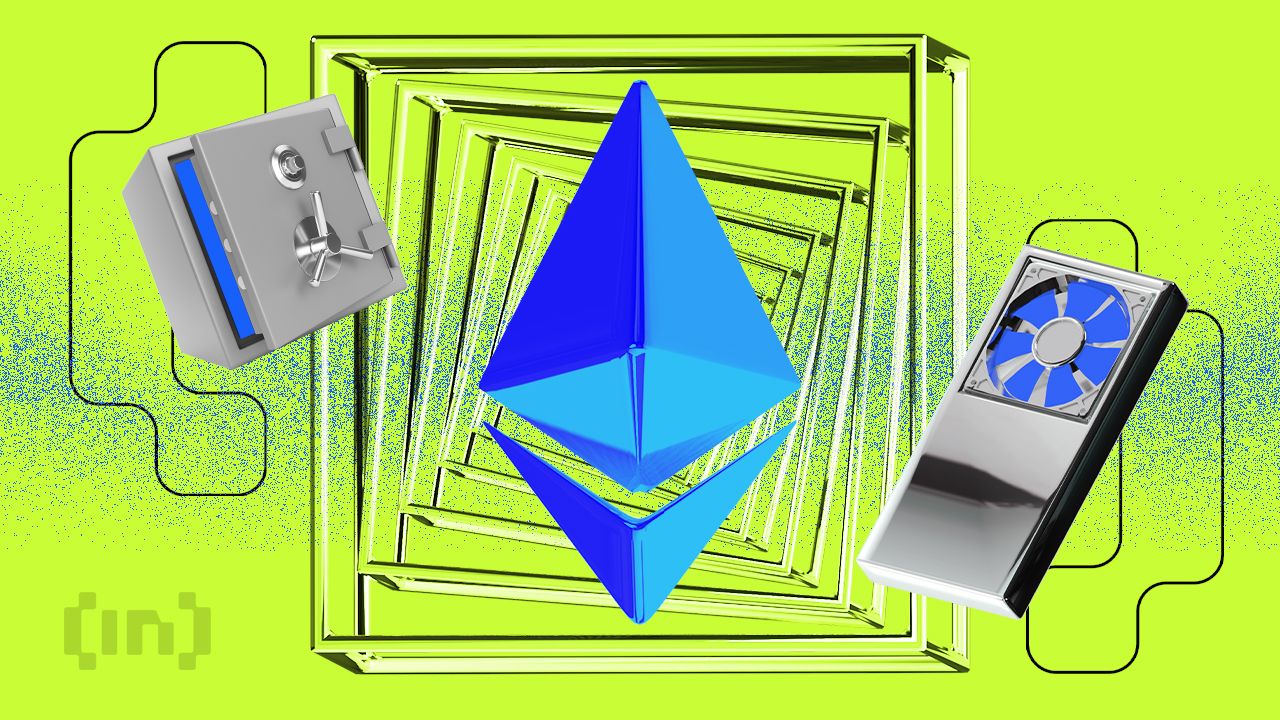Ethereum Foundation is already preparing for the next network upgrade, named Dencun. Despite the rollout of Shapella happening a mere three weeks ago.
Ethereum’s development ecosystem stands to receive a major upgrade with the impending release of Dencun. This next network upgrade will introduce a number of far-reaching changes. If all goes as hoped, it will cut down on transaction costs and enable new use cases.
What Is the Dencun Upgrade?
Dencun will feature a tentative set of Ethereum Improvement Proposals (EIPs). Ethereum Improvement Proposals (EIPs) are proposals for changes to the Ethereum network. EIPs go through a review process by the Ethereum community, and if they are accepted, become part of the network’s code. The proposals include EIP-4844, EIP-6780, EIP-1153, and EIP-6475.
SponsoredThe first major change in Dencun is EIP-4844, also known as Proto-Danksharding or The Surge. This proposal introduces temporary “data blobs” that can be used by Layer 2 solutions to post transaction and proof data instead of CALLDATA. As blobs are not stored permanently on the blockchain, their gas cost is expected to be markedly lower.
This change is likely to lower the cost of Layer 2 transactions for users significantly, possibly by an order of magnitude.

Upgrade Still Underway
The second major change is the deactivation of the SELFDESTRUCT opcode with EIP-6780. This proposal allows for the creation and erasure of contracts within a single transaction. However, it will also preserve the functionality of SELFDESTRUCT.
Although, in all other cases, the opcode will not delete the contract’s storage or code.
The third change is EIP-1153, which introduces two new opcodes, TSTORE and TLOAD. Providing transient storage that gets cleared at the end of the transaction. This enables several use cases, from re-entry locks to single-transaction ERC20 approvals.
Lastly, EIP-6475: SSZ Optionals, is a companion to EIP-4844, defining one of the SSZ elements that are part of the 4844 transaction format (Optionals). That’s to ensure it is forward-compatible with future SSZ objects introduced to Ethereum.
Aside from the EIPs that are formally part of the upgrade, client teams have a shortlist of EIPs that may still make it in. Among these are EIP-2537: Precompile for BLS12-381 curve operations, which has been considered since 2019.
While Dencun is an important step in Ethereum’s development, the upgrade is still a work in progress. Modifications to the EIPs are likely as discussions about the best long-term SSZ formats for transactions continue.

